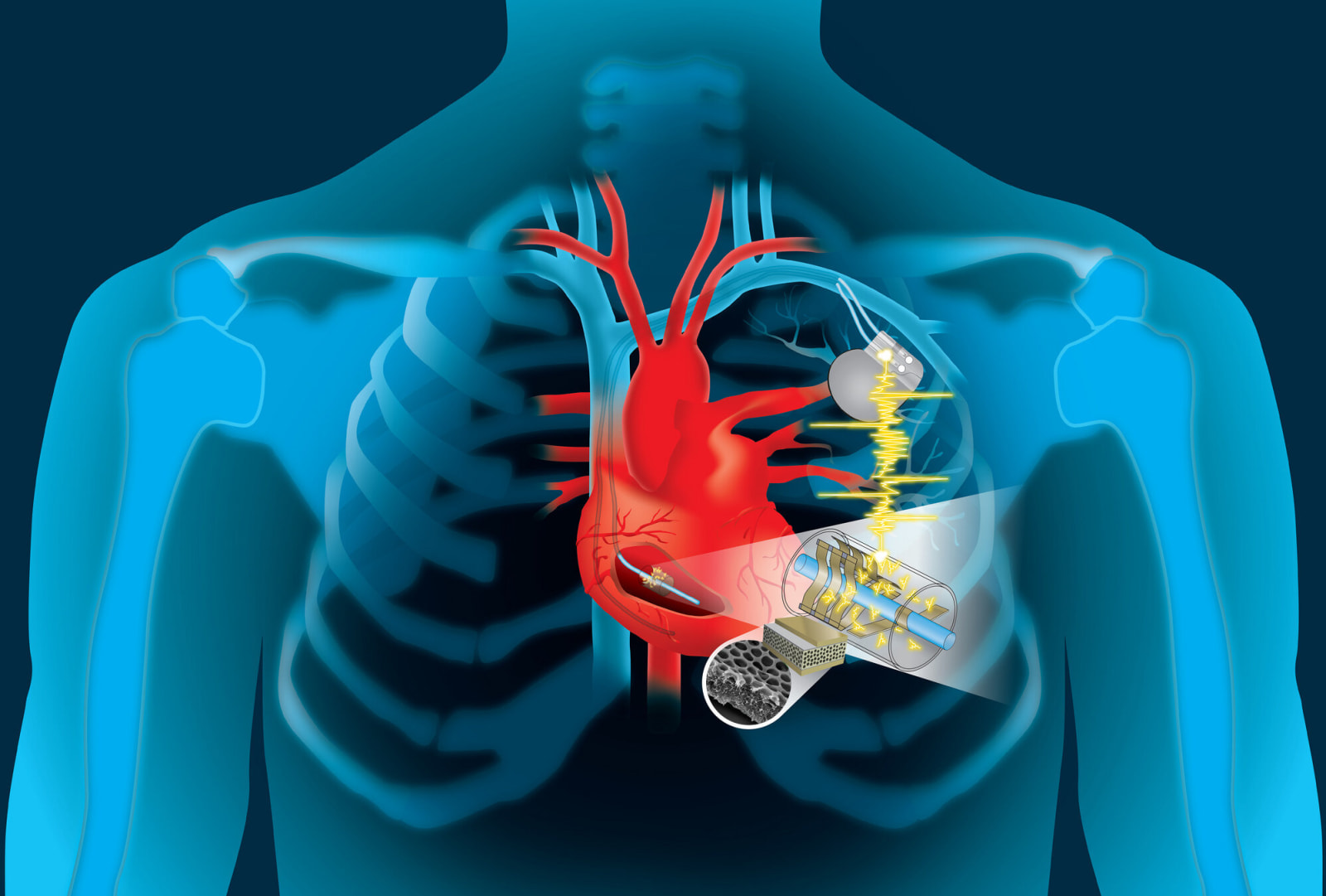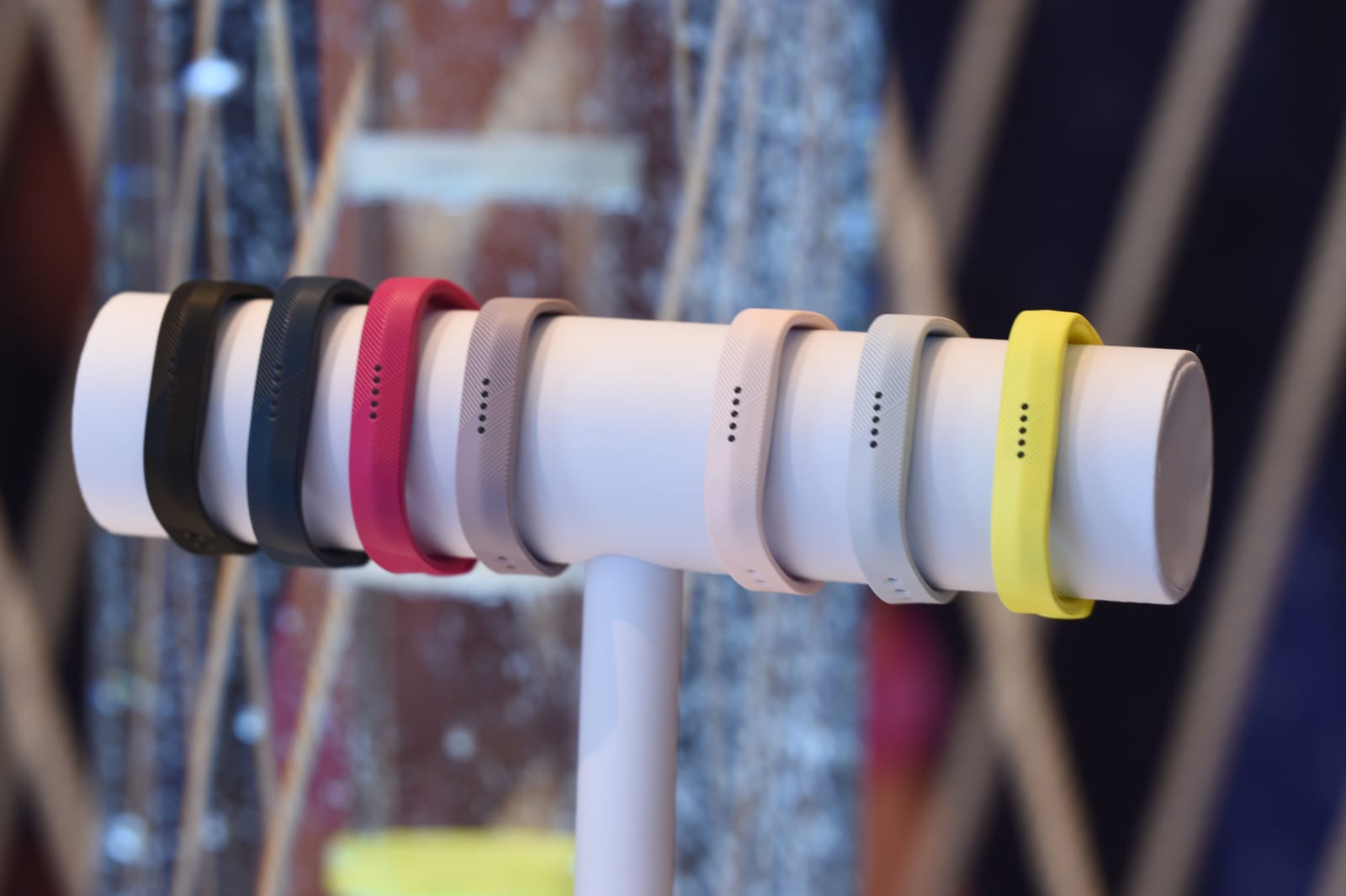Tag Archives: biomedical
Researchers control a game of Tetris using a breathable wearable sleeve
Self-charging pacemakers are powered by patients’ heartbeats
 Millions of people around the world depend on pacemakers, defibrillators and other life-saving implantable devices. The problem is, their batteries need to be replaced every five to ten years, requiring surgery that's not only expensive, but carries...
Millions of people around the world depend on pacemakers, defibrillators and other life-saving implantable devices. The problem is, their batteries need to be replaced every five to ten years, requiring surgery that's not only expensive, but carries...
New Incredible Biomedical Prosthetics Allow Users Sense of Touch And Pain
New Incredible Biomedical Prosthetics Allow Users Sense of Touch And Pain
3D-printed bacteria ink could be used to treat burns
 In a new study published today in Science Advances, researchers present a 3D-printable ink that contains bacteria and they say that depending on what species of bacteria it holds, the ink stands to have a number of useful applications. "Printing usin...
In a new study published today in Science Advances, researchers present a 3D-printable ink that contains bacteria and they say that depending on what species of bacteria it holds, the ink stands to have a number of useful applications. "Printing usin...
Fitbit chosen for long-term national health study
 Fitbit has been tussling with Apple and Xiaomi when it comes to market share in the wearables field and quarter to quarter, each has held the top spot at one point or another over the past year. But it turns out Fitbit is the favorite wearable produc...
Fitbit has been tussling with Apple and Xiaomi when it comes to market share in the wearables field and quarter to quarter, each has held the top spot at one point or another over the past year. But it turns out Fitbit is the favorite wearable produc...
Researchers make biomedical adhesive inspired by slug slime
 Being able to repair internal tissue with adhesives would be incredibly useful in the medical world. As of now, those kinds of repairs are limited to sutures and staples, which are far from ideal and while external wounds can be closed with certain g...
Being able to repair internal tissue with adhesives would be incredibly useful in the medical world. As of now, those kinds of repairs are limited to sutures and staples, which are far from ideal and while external wounds can be closed with certain g...
Artificial iris responds to light like real eyes
Guy Gets Cool Bionic NERF Gun Arm
Nicolas Huchet has a sweet bionic arm. A team of hackers called Hackerloop developed a bionic NERF Gun for Nicolas, who was left with a myoelectric prosthetic hand after an accident. Presumably they started off by saying, “Gentlemen, we can rebuild him.” The gun is designed to attach to his amputated arm and fire with muscle contraction. Now he’s armed and slightly dangerous.

This gun can fire foam balls on command. It’s connected with an electromyogram (EMG) sensor and also uses an Arduino circuit board. When Nicolas contracts the muscles on his forearm, a sensor on the prosthetic measures electrical activity. Then the gun shoots foam projectiles and stops shooting when the electrical signals lower below the threshold.
Nicolas must feel like an awesome cyborg. Hackerloop are definitely some cool friends. The NERF gun prosthetic is just a prototype for the momen, but they plan to release the completed product next month.
[via Motherboard via Damn Geeky]
